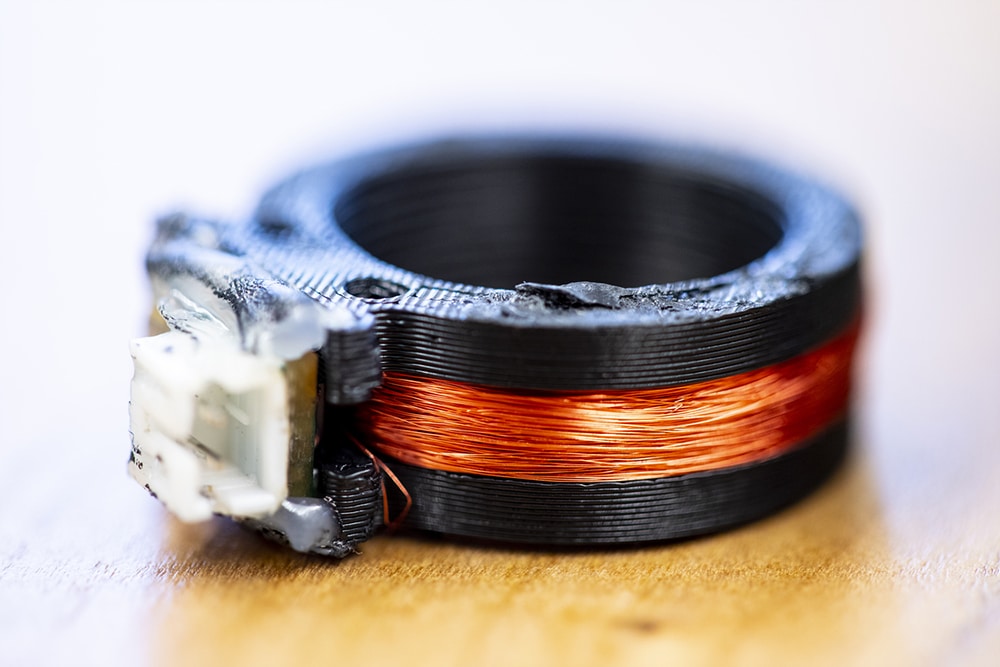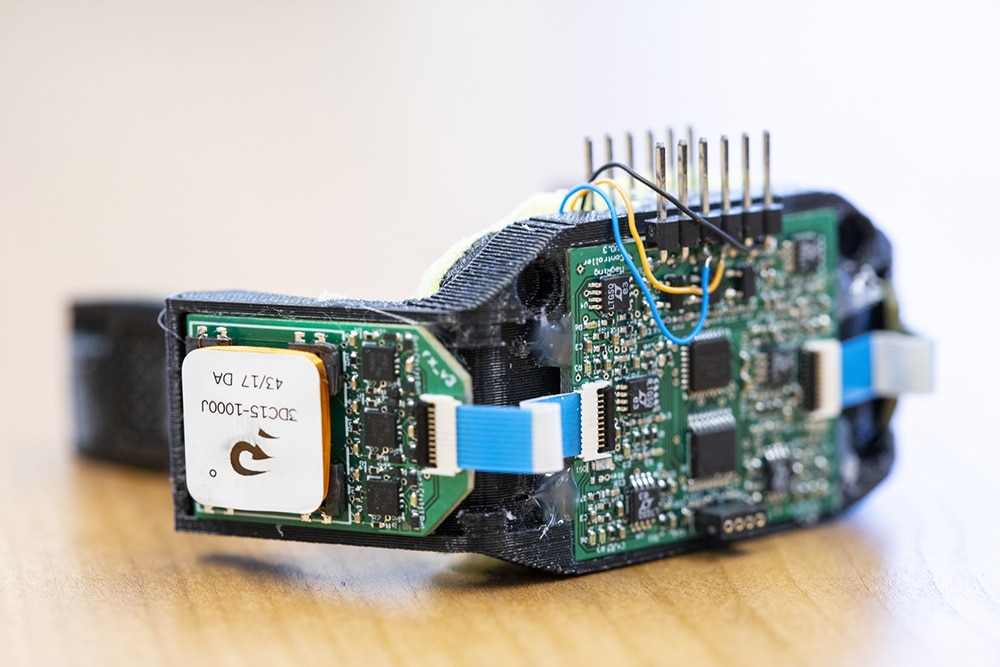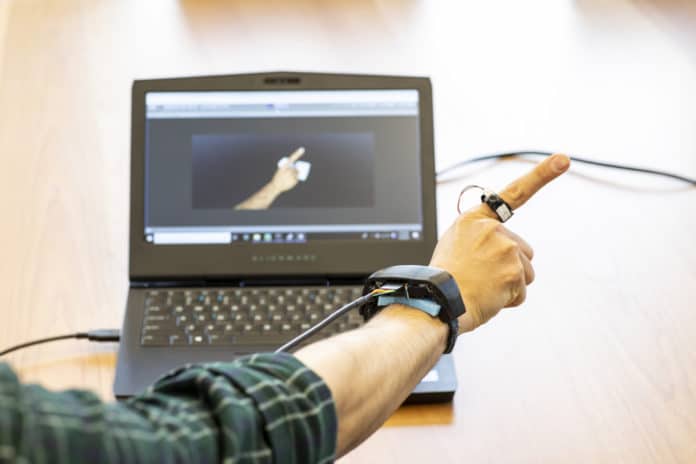There are many wearable smart devices such as smartwatches, mixed-reality headsets, and now smart rings that allow people to use simple hand gestures to control other smart technologies.
Researchers at the University of Washington are experimenting with one such a device, called AuraRing, a solution for next-generation computer interfaces. It consists of a ring put on a finger and a wristband, the combination that allows you to continuously monitor the exact position of the finger and the tiniest movements of the user’s hand.

The technology behind it is comparatively simple; the AuraRing is made of a coil of wire wrapped 800 times around a 3D-printed ring. The current passing through it generates a magnetic field, which is captured by three sensors mounted in a wristband. If the ring moves, the electrical voltage induced in each of those coils changes, and these differences are then compared by the three sensors. Based on their testimony, researchers can calculate the exact position of the ring in space, allowing them to determine the location of the user’s finger from there.

To implement continuous tracking in other smart rings, you would have to transmit all the data via wireless communication channels, which consumes a lot of energy. “But AuraRing’s ring consumes only 2.3 milliwatts of power, which produces an oscillating magnetic field that the wristband can constantly sense. In this way, there’s no need for any communication from the ring to the wristband,” said co-lead author Farshid Salemi Parizi.
This wearable magnetic tracking system estimates the five degree-of-freedom pose of the ring and should work much more precisely than optical finger tracking. Besides, the AuraRing can detect distinctive finger movements such as taps, flicks, and pinches. AuraRing has a sensor resolution of 0.1 mm and a dynamic accuracy of 4.4 mm.
Thanks to continuous tracking, AuraRing can be used for handwriting text; for example, quick replies to SMS. And also, thanks to the use of a magnetic field in this solution, you can work with it even when your hands are out of sight, in your pocket, or on a crowded bus.
The developers tested their solution on 12 volunteers with different hand sizes and found that the difference between the perceived AuraRing and the real finger position in all cases did not exceed a couple of millimeters.
The still quite bulky prototype should be able to be miniaturized. AuraRing technologies integrate naturally with smartwatches and fitness bracelets, and can also be used with smartphones, gaming and even biomedical applications, such as assisting in rehabilitation after a stroke or diagnosing Parkinson’s disease by shaking hands.
This research, which was funded by UW Reality Lab, Facebook, Google and Futurewei, was published last month in the journal Proceedings of the ACM on Interactive, Mobile, Wearable and Ubiquitous Technologies.
